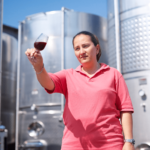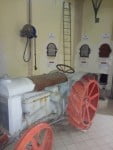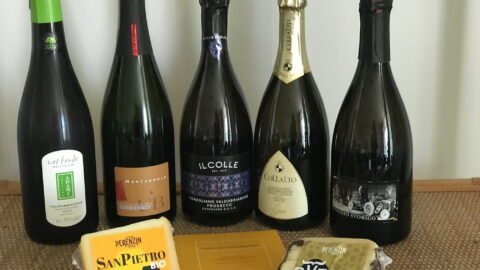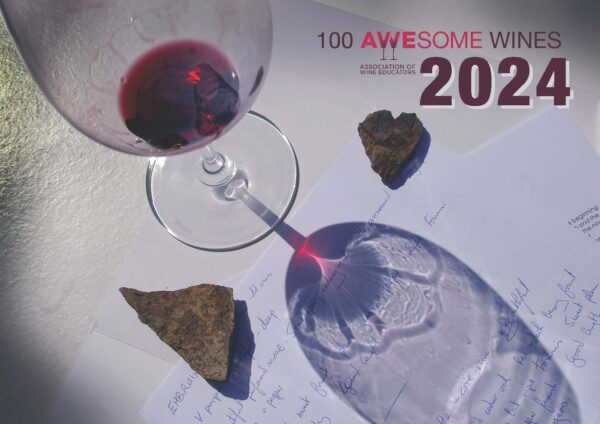German Wine Academy Day 2 – Sexy Sekt and Silky Silvaner
Premium Sekt – The next big thing?
Another early start at the German Wine Academy, what better way to refresh the palate than with a fascinating lecture by Romana Echensperger MW and a truly interesting tasting of a dozen ‘Traditional Method’ Sekts?
Half of Germany’s Premium Sekt is made from Riesling, 30% from Chardonnay, Pinot Blanc, Pinot Noir and Pinot Meunier and 20% from other aromatic varietals. Like the ‘Champagne’ grapes, Riesling has a good balance of ripeness and acidity with a low pH. Winemakers have to ensure that the pressing of grapes is delicate to avoid petrol aromas. Terroir differences can be ascertained in the finished product. We tasted wines from the Pfalz, Rheingau, Rheinhessen,Wurttemberg, Franken and Nahe, awesome differences! There are many challenges for the future of this wine style, not least in marketing this Premium Sekt. The retail price sits somewhere between Champagne and Prosecco. Consumers need to be guided to appreciate the availability of different styles and winemaking methods. Tank method Sekt is around 85% of production, Traditional Method, with grapes sourced from specified regions and 9 months lees ageing makes up the rest. The name of the producer and the vintage must be on the bottle label. There is definitely potential for this style of Sekt particularly in the growing gastronomic restaurant culture in Germany and hopefully within the export market too.
Good-Better-Silvaner
In Germany in 1964, Silvaner, (a cross between Traminer and Österreichisch Weiss) was produced from 18,781 hectares of vineyards, but by 2016 this area was reduced by 75% to 4926 hectares of vineyards, of which Rheinhessen and Franken make up the majority.
The first known planting of this grape was around 1659, after the Thirty Years War. Silvaner is a thin skinned grape, traditionally high yielding and is middle to late ripening. In recent years there has been a move to improve clonal selection, reduce yields and seek higher acidity, more body and aromatics. The limestone and gypsum soils in Franken are well suited to Silvaner, and in the Saale-Unstrut region, the varietal is now part of the VDP Grosse Lage Classification.
As with the Sekt, we tasted a wide range of styles of Silvaner, from Franken, Rheinhessen, Baden, Pfalz and Saale-Unstrut. The Gypsum, Loess, Limestone and Volcanic soils provided a superb insight into the plethora of different aroma characteristics within the Silvaner grape. For many years,’ ideal with asparagus’ has been the norm, but actually Silvaner pairs so well with so many dishes.
The future is Silvaner!
This amazing day ended with dinner at Burg Crass, where we all enjoyed a delicious meal matched with Sekt from both Christoph Graf of Sektmanufaktur Schloss Vaux and Betty Enchelmaier-Tietz of Sekthaus Solter. What an experience!
Thank you to The German Wine Academy for a wonderful update on the Wines of Germany.
Vivienne Franks 3/10/2017
Tags: German Wine Academy Germany Riesling Sekt silvaner







